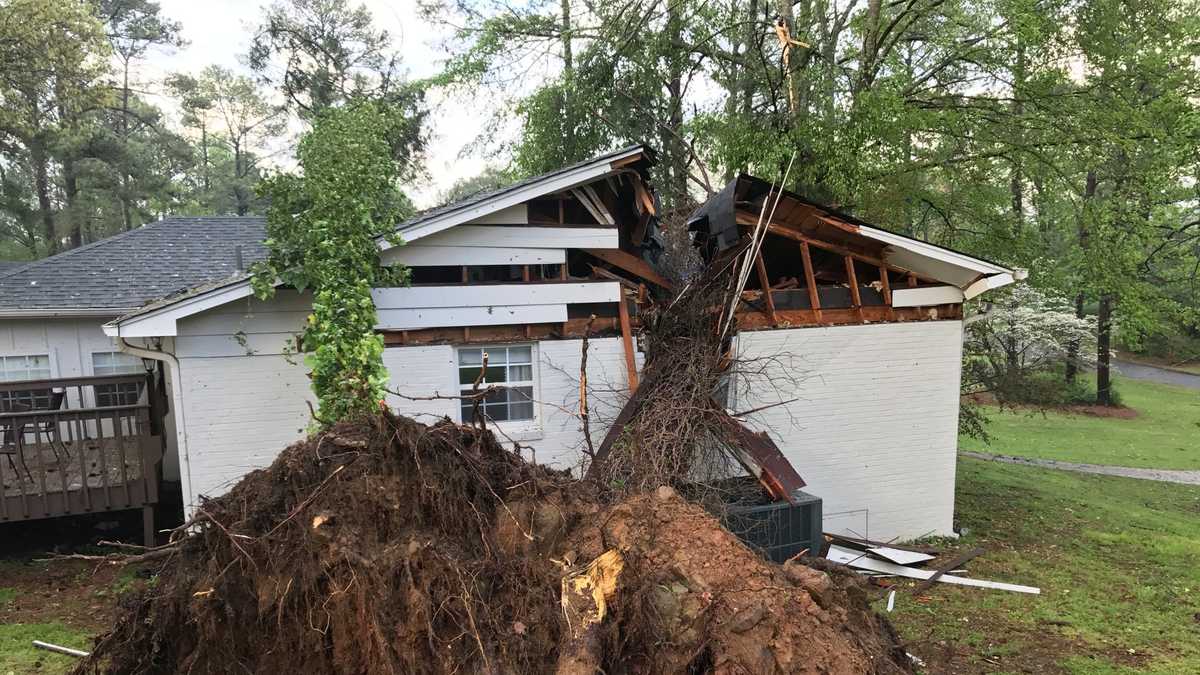Assessing The Damage: Hailstorms And Their Impact On Pools And Lawns This Summer

Table of Contents
Identifying Hail Damage to Your Pool
Hailstones, even small ones, can inflict considerable damage on your pool and surrounding areas. Knowing what to look for is the first step in the repair process.
Pool Surface Damage
Hailstones can crack, chip, and even puncture pool surfaces, particularly fiberglass and vinyl liner pools. The impact can be severe, leading to costly repairs.
- Examine the pool liner for tears or punctures. Small punctures might be easily overlooked, so a thorough inspection is crucial.
- Look for cracks or chips in the pool shell. These are often more visible on fiberglass or concrete pools.
- Check for discoloration or staining from impact. This is a subtle sign but can indicate underlying damage.
Take photos of the damage from multiple angles for insurance purposes. Minor chips might be repairable with a specialized pool repair kit, but larger cracks often require professional intervention from a qualified pool contractor.
Equipment Damage
Your pool's equipment is also vulnerable to hailstones. Damage can range from minor dents to complete failure.
- Check for dents, cracks, or broken components. Pay close attention to the pump, filter, and heater.
- Inspect wiring for damage. Damaged wiring can pose a serious electrical hazard.
- Test all equipment to ensure functionality. If anything doesn't work correctly, turn it off immediately and contact a qualified technician.
If you suspect electrical damage, disconnect the power immediately and call a qualified electrician before attempting any repairs. Never attempt repairs on electrical components yourself unless you are a qualified professional.
Deck and Surroundings Damage
The area surrounding your pool isn't immune to hailstorm damage. Hail can damage the deck, patio, and landscaping.
- Inspect for cracked tiles, broken railings, or damaged furniture. Broken tiles can be a tripping hazard, so prioritize repairs.
- Assess damage to plants and trees around the pool area. Hail can bruise leaves and break branches, potentially requiring pruning or removal.
Repairing deck damage can be costly and time-consuming. Document the damage thoroughly, including photos and descriptions, for insurance claims. Consider temporary repairs, like covering damaged areas, to prevent further damage or injury.
Assessing Hail Damage to Your Lawn
Hailstones can significantly impact the health and appearance of your lawn. The extent of the damage depends on the size and intensity of the hailstones and the type of grass.
Assessing the Extent of Damage
A quick visual inspection will help determine the severity of the damage.
- Check for bruised or flattened grass blades. These will appear dull and lifeless.
- Look for discoloration or browning of the grass. Browning indicates significant damage to the grass blades.
- Identify any areas with significant damage or exposed soil. These areas will require reseeding.
Larger hailstones can cause extensive damage, requiring significant lawn repair or reseeding. Remember to also check for damage to underlying soil structure.
Repairing Hail-Damaged Lawns
Recovery depends on the severity of the damage. However, prompt action can speed up the healing process.
- Water the lawn deeply to help it recover. This will rehydrate the damaged grass blades.
- Remove any debris from the lawn. This includes broken branches and hailstone remnants.
- Aerate the soil to improve drainage and nutrient uptake. This will help the grass roots to breathe.
- Consider reseeding damaged areas. This will ensure even coverage.
For severe damage, consult with a lawn care professional for advice on fertilization and overseeding. They can recommend the best grass varieties for your area and soil type.
Protecting Your Lawn from Future Hailstorms
Taking preventative measures can minimize the impact of future hailstorms.
- Consider planting more resilient grass varieties. Some grass types are better equipped to withstand hail damage.
- Mulch can help protect the soil and roots from hail impact. A layer of mulch will help cushion the impact.
Knowing your lawn's vulnerabilities helps you prepare for future weather events. Understanding your grass type and its resilience is crucial.
Filing an Insurance Claim for Hail Damage
Thorough documentation is essential for a successful insurance claim. Keep detailed records from the beginning.
Documenting the Damage
Detailed documentation strengthens your insurance claim.
- Take detailed photos and videos of the damage to your pool and lawn. Capture the damage from various angles.
- Keep records of any repair costs. Gather estimates and invoices for repairs.
- Keep detailed notes of the date, time, and severity of the hailstorm. Include information about the size and intensity of the hailstones.
Contact your insurance company as soon as possible to report the damage. The sooner you report, the better.
Working with Your Insurance Adjuster
Cooperate fully with the adjuster to ensure a smooth claims process.
- Be prepared to provide detailed information about the damage. Have your documentation readily available.
- Cooperate fully with the adjuster's investigation. Allow them to assess the damage thoroughly.
- Keep accurate records of all communication. This includes emails, phone calls, and any written correspondence.
Understanding your policy coverage is vital for a smooth claims process. Review your policy carefully before contacting your insurer.
Conclusion
Hailstorms can cause significant damage to pools and lawns. By carefully assessing the damage, documenting everything meticulously, and understanding your insurance coverage, you can effectively manage the repair process. Don't delay – begin assessing the damage to your property and take the necessary steps for repair and recovery. Remember to contact professionals for significant repairs to your pool and lawn after your hail damage assessment. Taking proactive steps to mitigate future hail damage to your pool and lawn will ensure the longevity and beauty of your outdoor spaces.

Featured Posts
-
 India Pakistan Border Tensions Five Soldiers Dead Truce Remains
May 12, 2025
India Pakistan Border Tensions Five Soldiers Dead Truce Remains
May 12, 2025 -
 Is A Crazy Rich Asians Tv Show Really Coming
May 12, 2025
Is A Crazy Rich Asians Tv Show Really Coming
May 12, 2025 -
 Jon M Chus Continued Involvement In Crazy Rich Asians Franchise On Max
May 12, 2025
Jon M Chus Continued Involvement In Crazy Rich Asians Franchise On Max
May 12, 2025 -
 The Truth Behind Jessica Simpsons Alleged Snake Sperm Consumption
May 12, 2025
The Truth Behind Jessica Simpsons Alleged Snake Sperm Consumption
May 12, 2025 -
 Realistic Concerns A Truckie Advocates For Keeping A Vital Tasman Road Open
May 12, 2025
Realistic Concerns A Truckie Advocates For Keeping A Vital Tasman Road Open
May 12, 2025
